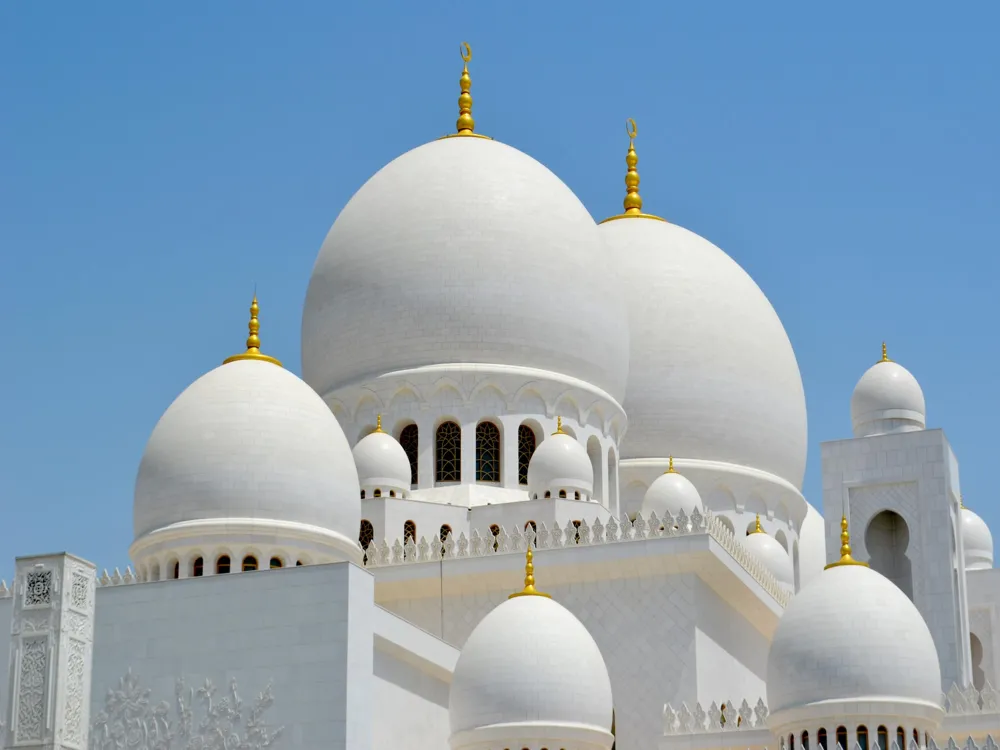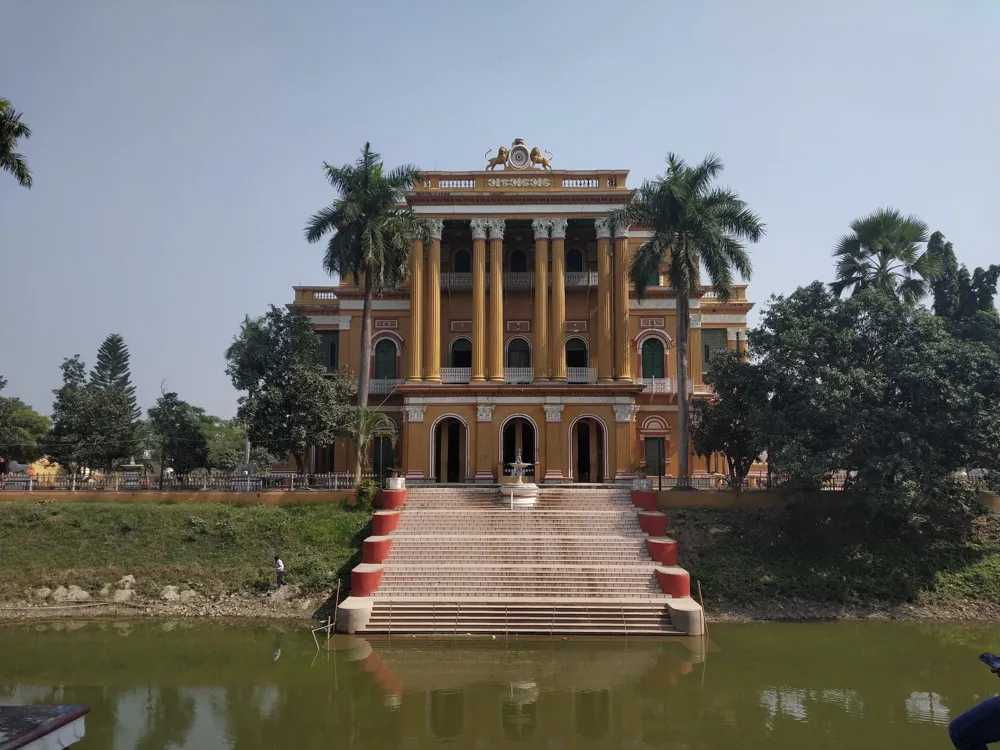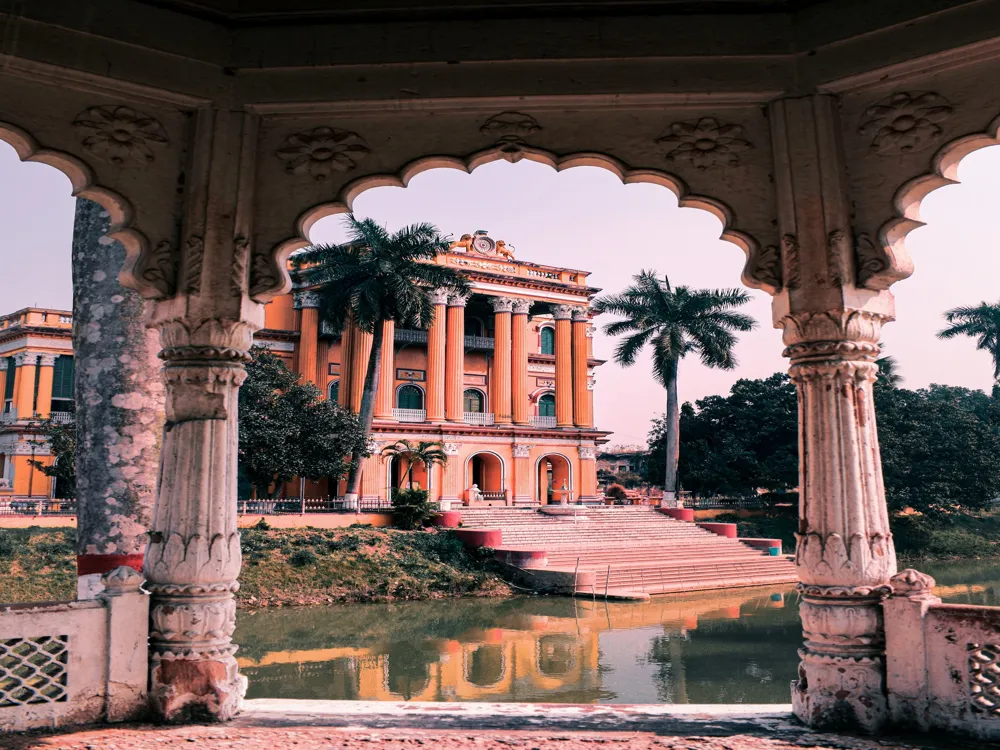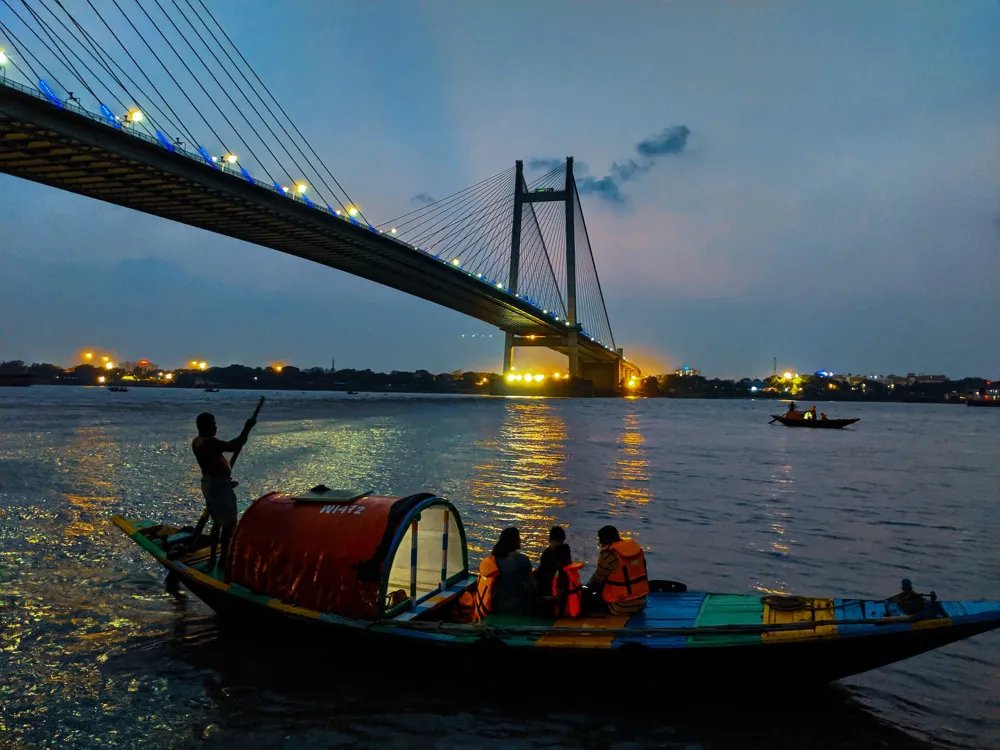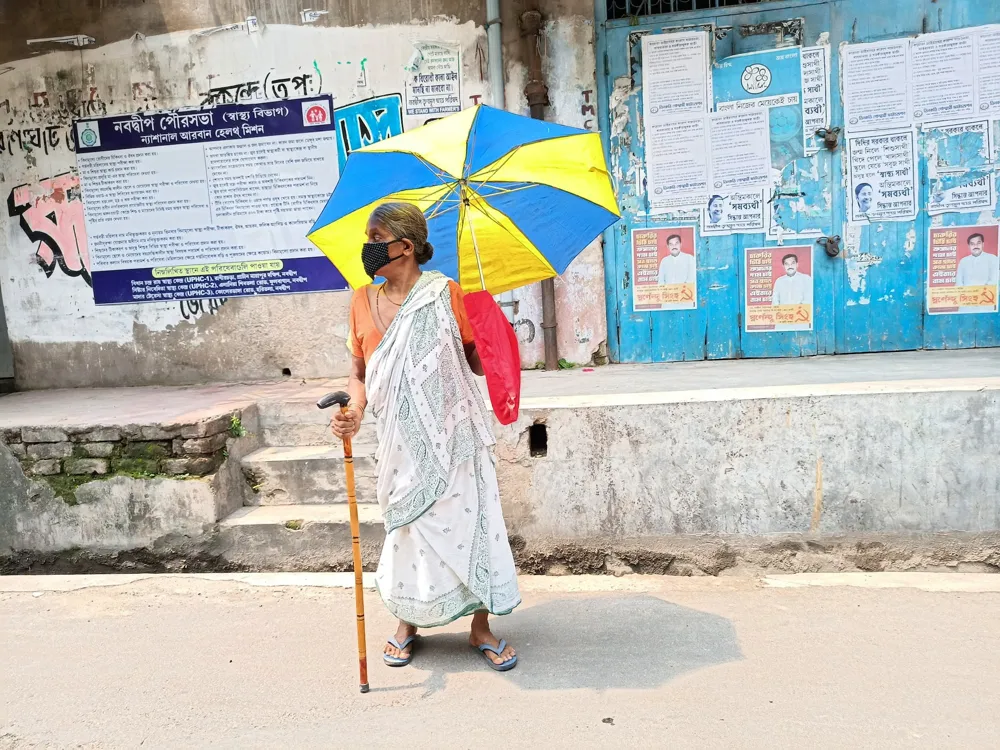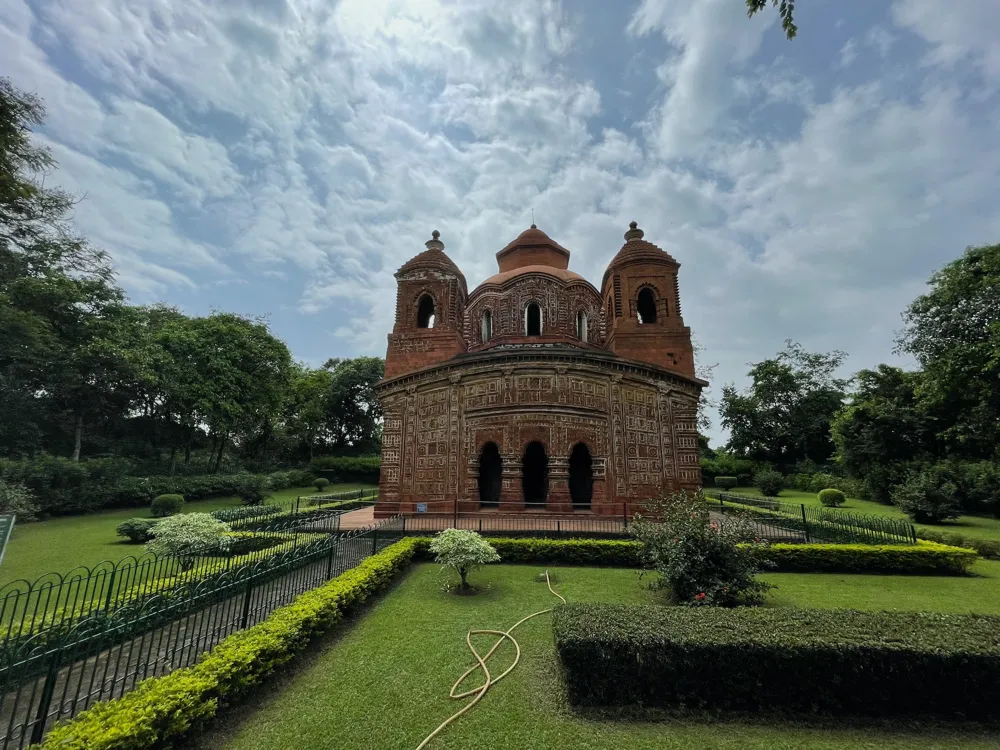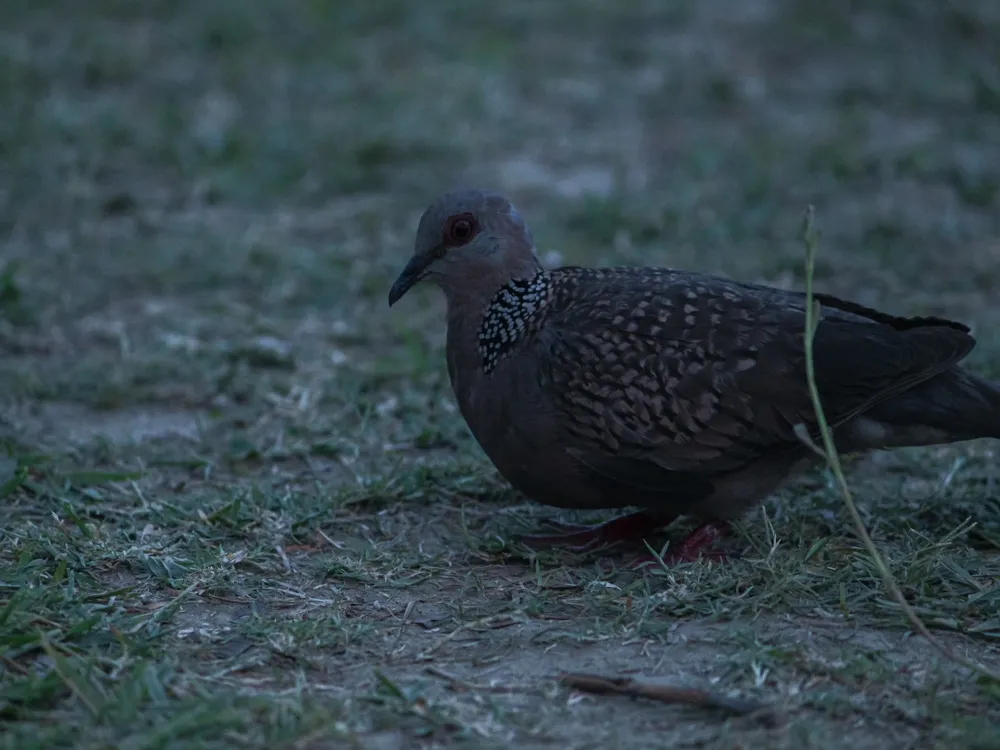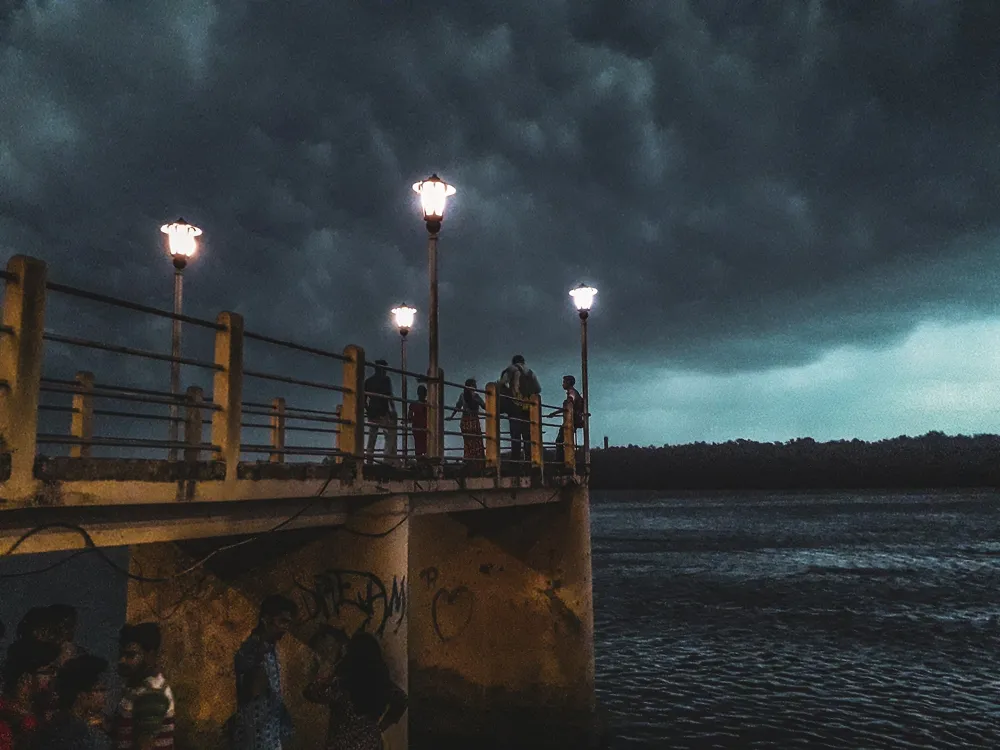Khosh Bagh is a historical cemetery located in Murshidabad, West Bengal, known for its architectural beauty and historical significance. It houses the graves of Siraj ud-Daulah, the last independent Nawab of Bengal, and his family members. Surrounded by lush greenery and situated beside the banks of the Bhagirathi River, this site offers a serene and poignant glimpse into the region's rich history. The architecture of Khosh Bagh is a fine example of the Mughal-era design. It features intricate carvings, beautifully landscaped gardens, and ornate gateways. The mausoleums within Khosh Bagh are constructed with a blend of Hindu and Islamic architectural styles, reflecting the syncretic cultural heritage of the area. The use of marble and sandstone in the structures adds to their elegance and historical value. The ideal time to visit Khosh Bagh is between October and March, as the weather is pleasant, making it easier to explore the area comfortably. Visitors are encouraged to maintain the sanctity of the cemetery by dressing modestly and avoiding loud noises. Opting for a guided tour can enhance the experience as the guides provide in-depth historical context and interesting anecdotes about Khosh Bagh. Photography is allowed, but it's advisable to be respectful and avoid photographing people without their permission. Khosh Bagh is accessible from Murshidabad town. Visitors can reach Murshidabad by train, as it is well-connected to major cities like Kolkata. From Murshidabad railway station, one can hire a taxi or an auto-rickshaw to reach Khosh Bagh. Additionally, local buses and private vehicles are also viable options for reaching this historical site. Read More:Overview of Khosh Bagh, Murshidabad, West Bengal
Architecture of Khosh Bagh
Tips When Visiting Khosh Bagh
Best Time to Visit
Respect the Site
Guided Tours
Photography
How To Reach Khosh Bagh
Khosh Bagh
Murshidabad
West Bengal
NaN onwards
View murshidabad Packages
Murshidabad Travel Packages
View All Packages For Murshidabad
Top Hotel Collections for Murshidabad

Private Pool

Luxury Hotels

5-Star Hotels

Pet Friendly
Top Hotels Near Murshidabad
Other Top Ranking Places In Murshidabad
View All Places To Visit In murshidabad
View murshidabad Packages
Murshidabad Travel Packages
View All Packages For Murshidabad
Top Hotel Collections for Murshidabad

Private Pool

Luxury Hotels

5-Star Hotels

Pet Friendly








